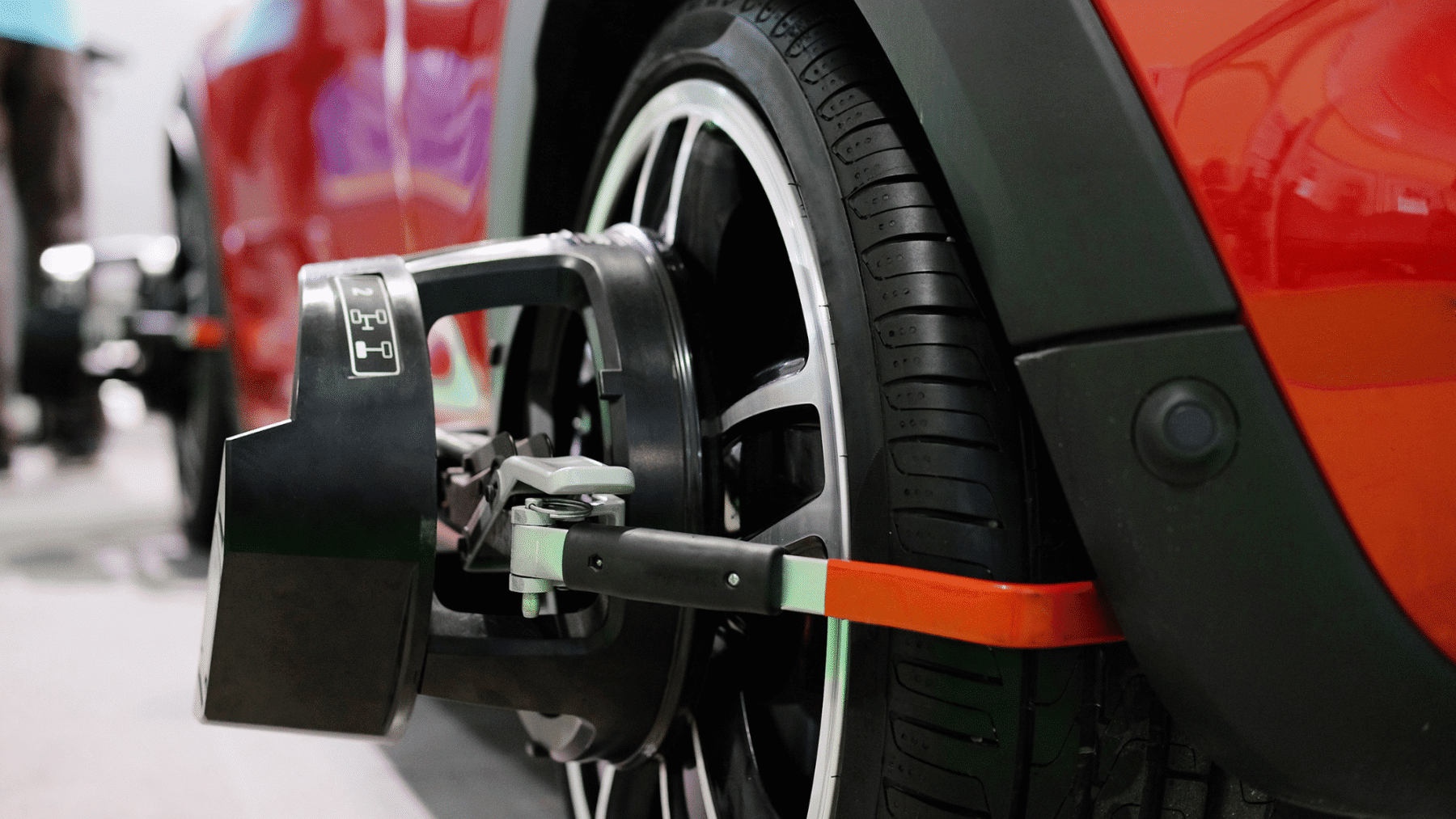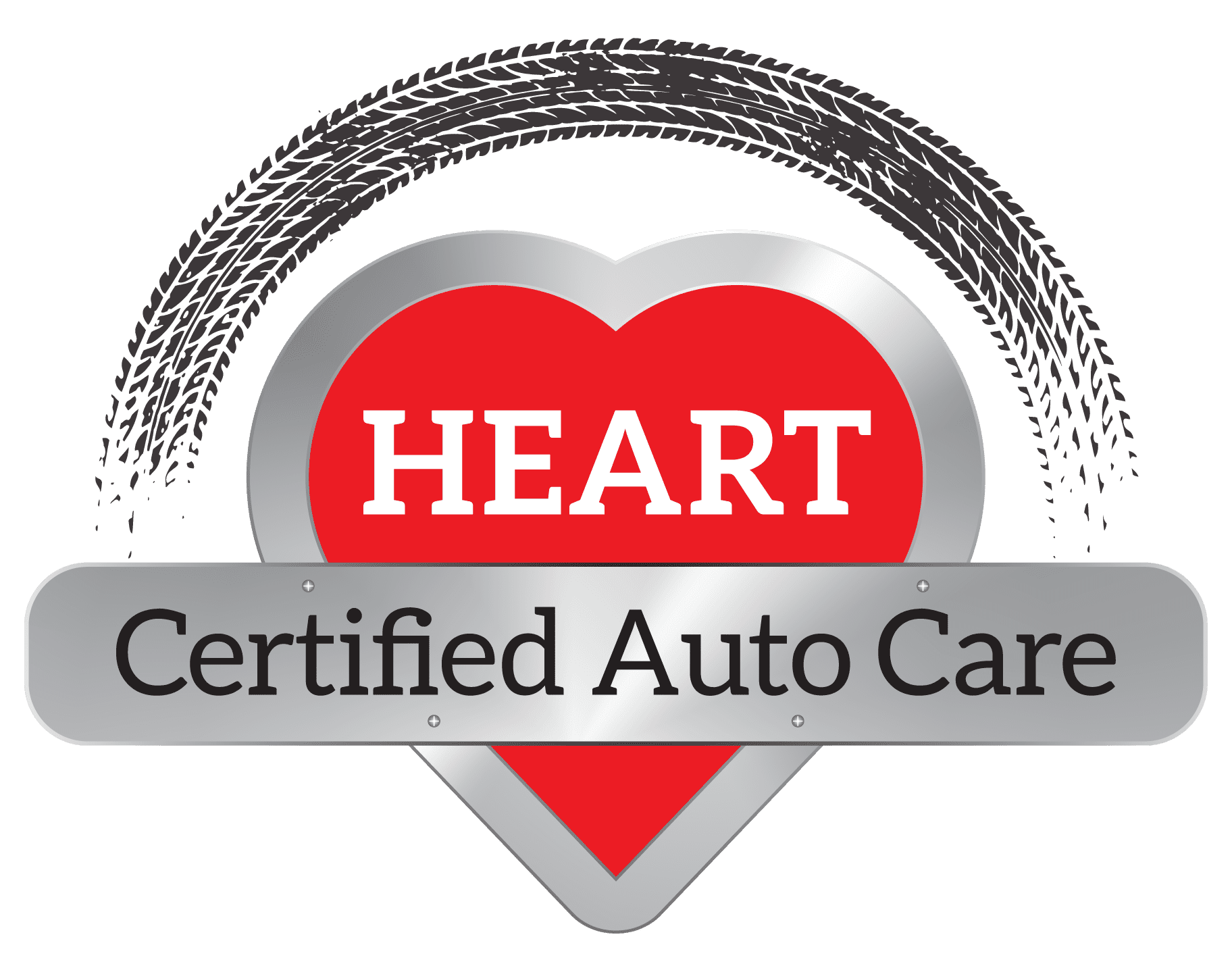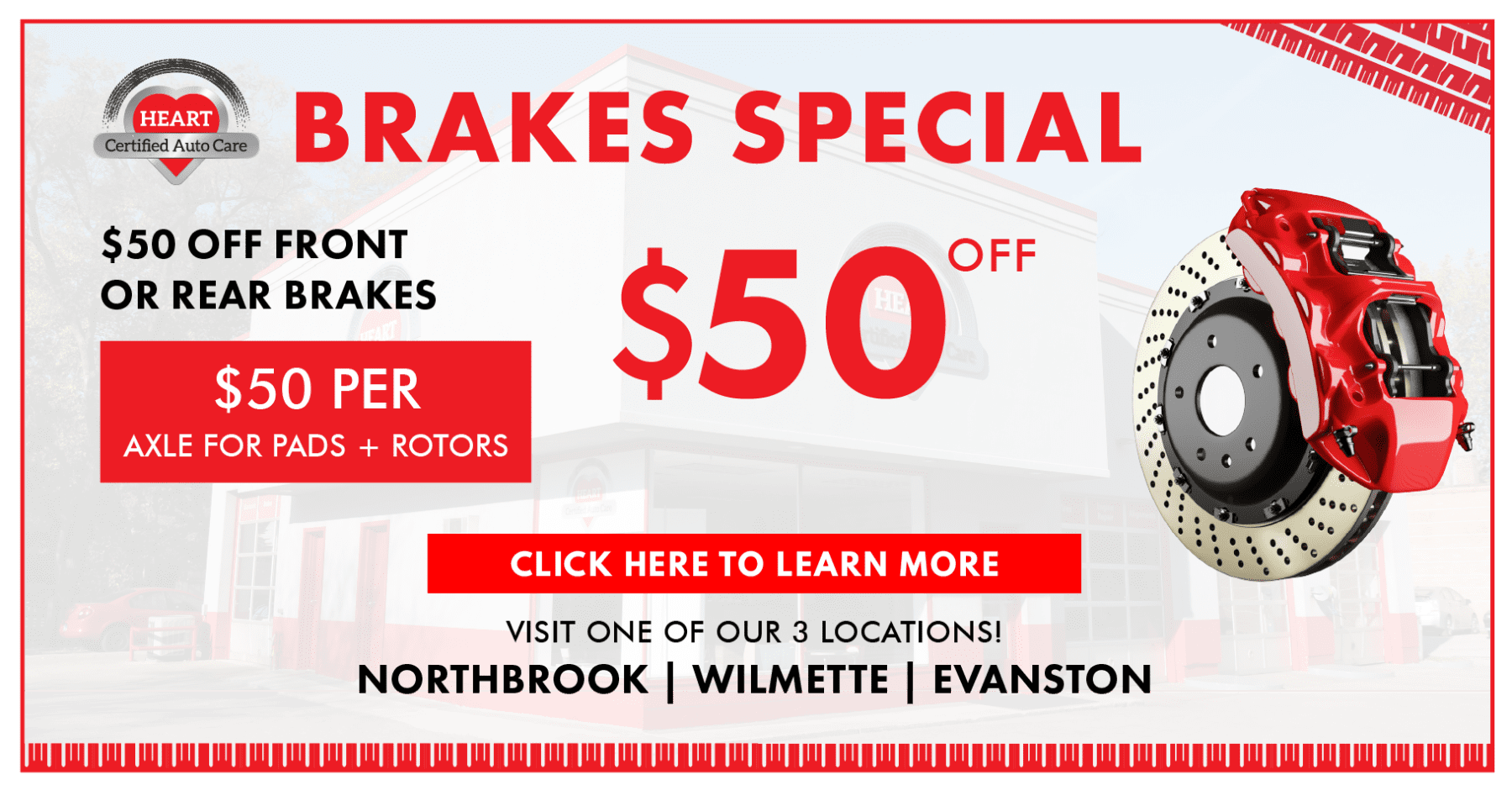Wheel Alignment vs Tire Balancing: What’s the Difference?


When your car doesn’t drive quite right, you might hear terms like wheel alignment and tire balancing thrown around. Many drivers confuse the two because both involve your tires and how your vehicle feels on the road. But alignment and balancing are completely different services that solve different problems.
In this guide, we’ll clear up the confusion once and for all. You’ll learn what each service does, how to spot the signs you need them, and why both matter for your car’s performance, safety, and tire life.
What is Wheel Alignment
Wheel alignment is all about adjusting your car’s suspension—the system that connects the wheels to the frame—so your tires sit at the correct angles on the road. These angles are measured in three ways:
- Camber: Tilt of the wheel when viewed from the front. Too much inward or outward tilt wears tires unevenly.
- Caster: Angle of the steering axis when viewed from the side. This affects steering stability and return.
- Toe: Direction your tires point compared to each other (inward or outward). Incorrect toe can cause rapid tire wear.
Why Alignment Matters
Over time, bumps, potholes, curbs, and normal suspension wear can knock your wheels out of alignment. When that happens, you might notice your car pulling to one side, a crooked steering wheel, or uneven tire wear.
A proper alignment service helps:
- Keep your car driving straight
- Maximize tire life
- Improve fuel efficiency
- Reduce stress on suspension parts
When to Check Alignment
Most vehicles should be checked once or twice a year, or any time you hit a large pothole or replace suspension components.
What is Tire Balancing
Tire balancing ensures that the weight of each wheel-and-tire assembly is distributed evenly. Even small differences in weight around the tire can cause vibration at certain speeds.
During a balance, your tires are placed on a machine that spins them to detect heavy spots. Technicians then attach tiny weights to the rim to even things out.
Types of Balancing
- Static balancing: Corrects vertical imbalance (up and down shake).
- Dynamic balancing: Corrects both vertical and side-to-side imbalances for smoother rides.
Why Balancing Is Needed (And When to Balance Tires)
Unbalanced tires don’t just make your steering wheel shake. They can also shorten tire life, strain suspension parts, and reduce comfort.
It’s best to balance your tires when they’re first mounted, after losing a wheel weight, or if you feel vibrations—especially at highway speeds. Many drivers combine balancing with regular tire rotations.
Purpose
- Wheel alignment corrects your car’s steering and suspension geometry.
- Tire balancing corrects uneven weight distribution in the wheels and tires.
Process
- Alignment: Uses an alignment rack and lasers/computers to measure and adjust angles.
- Balancing: Uses a spin balancer to measure vibration and places weights to correct it.
Symptoms
- Alignment issues: Car pulls to one side, off-center steering wheel, uneven tire wear.
- Balancing issues: Steering wheel shakes at certain speeds, seat vibration, smoother at low speeds but worse on highways.
When Do You Need Alignment vs Balancing?
You’ll usually notice it’s time for an alignment if your car starts drifting or pulling to one side, even when your steering wheel is straight. Another sign is if the steering wheel looks crooked while you’re driving in a straight line.
Uneven tire wear, like when one side of the tread wears down faster than the other, is also a common clue. It’s a good idea to get your alignment checked after any suspension work or if you’ve hit a pothole or curb hard enough to shake the car.
On the other hand, balancing problems show up in a different way. If your steering wheel shakes when you’re driving on the highway, or you feel vibrations in the seat or floor, that usually means your tires are out of balance.
This can happen right after getting new tires or if a small wheel weight comes off. Balancing helps give you a smoother ride and keeps your suspension from wearing out too soon.
Why Both Services Work Together
Think of alignment as pointing your tires the right way, and balancing as making sure they spin nice and smooth.
One without the other still leaves problems:
- Proper alignment prevents uneven tire wear and improves handling.
- Proper balance reduces vibration and makes your ride smoother.
Together, these services extend tire life, protect your suspension, and make driving safer and more comfortable.
At HEART Certified Auto Care, we often recommend checking both during regular maintenance along with tire rotation, tire pressure checks, and suspension inspections.
Summary
Wheel alignment and tire balancing are not the same. Alignment adjusts your suspension angles to keep your car straight and tires wearing evenly. Balancing evens out weight around each wheel to stop vibrations. Both protect your tires, your comfort, and your safety.
Still not sure? Book an inspection at HEART Certified Auto Care—we’ll let you know exactly what your car needs.







